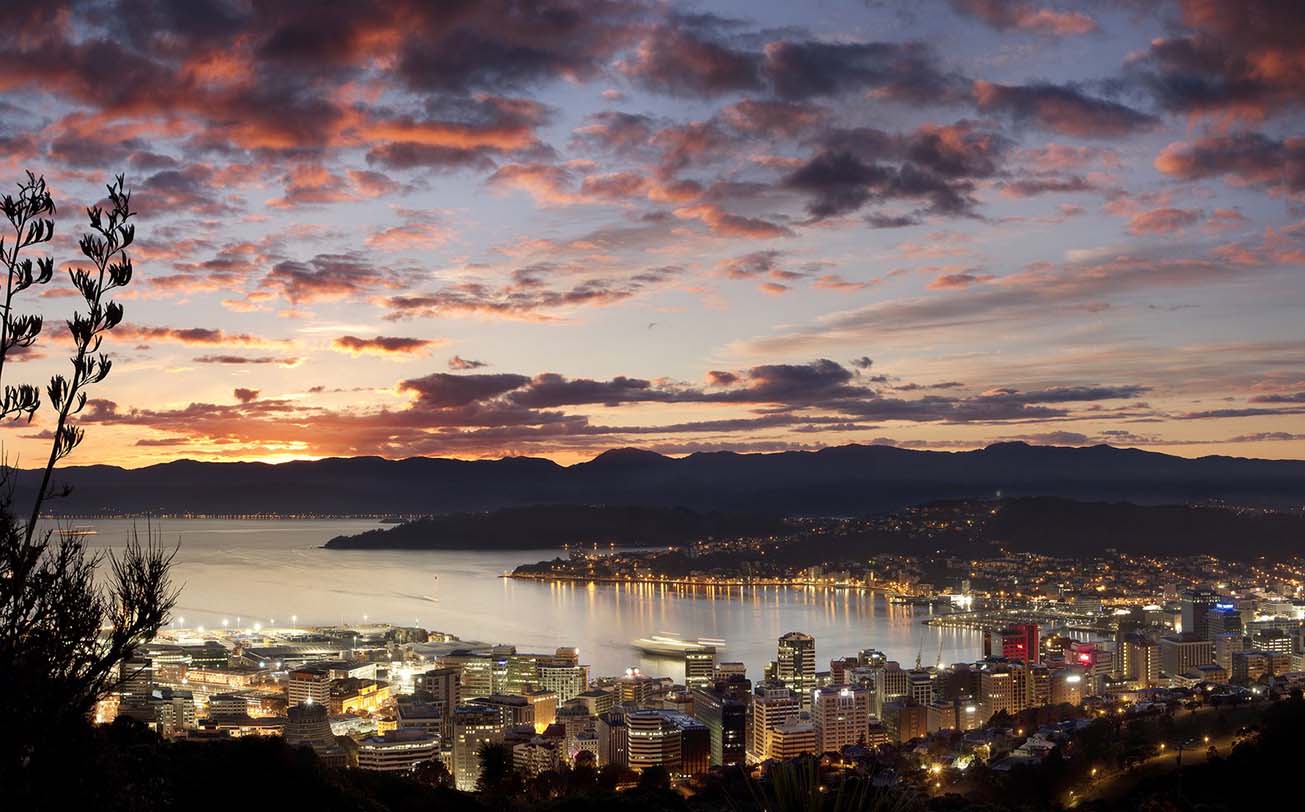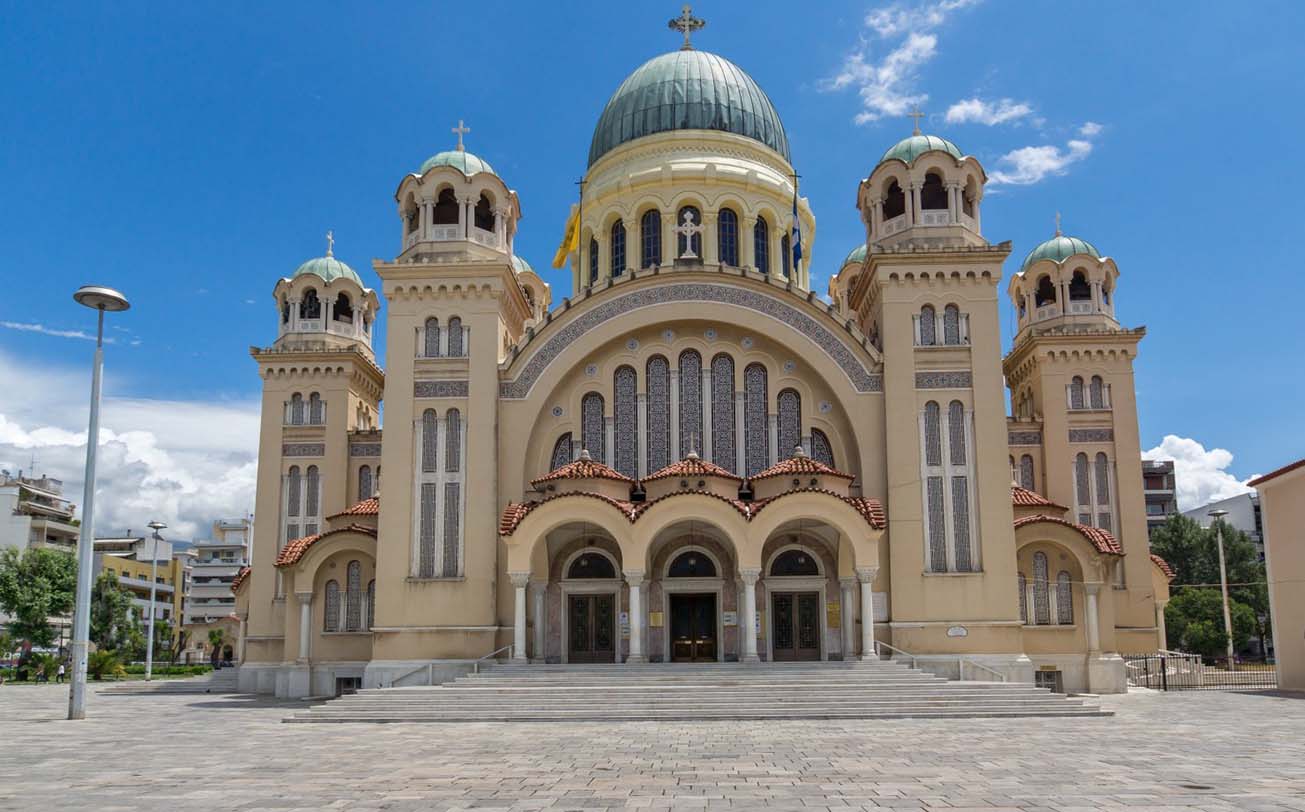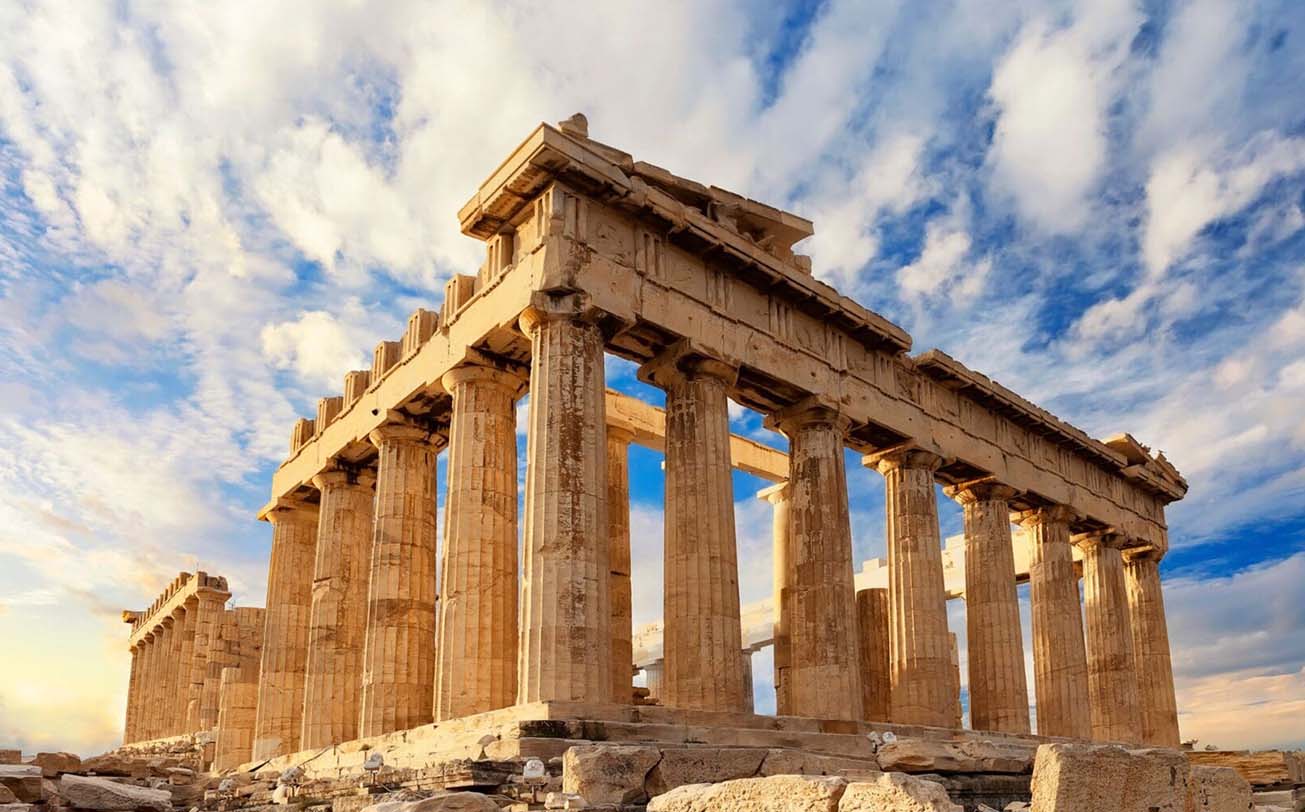Wellington, a city brimming with cultural richness and artistic vibrancy, has been a haven for my soul. Join me in uncovering the essence of this vibrant city through the lens of its literature and art.
My Personal Literary Oasis
“The Lighthouse Keeper’s Daughter” by Emma Stonex
In the literary realm of New Zealand’s rugged coast, Emma Stonex crafts a mesmerizing narrative in “The Lighthouse Keeper’s Daughter.” The novel unfolds a tapestry of mystery, love, and isolation against the backdrop of a remote island. At its core, the story revolves around the inexplicable disappearance of three lighthouse keepers, intricately weaving together the threads of their lives and the profound impact on those they left behind.
Emma Stonex’s storytelling prowess reaches sublime heights in this tale. The author’s exquisite prose not only narrates a story but paints a vivid portrait of solitude and human connection. As I delved into the pages, I found a profound resonance between the raw emotions depicted in the book and the captivating isolation and grandeur of Wellington’s coastal landscapes.
The novel’s ability to evoke a sense of place, mirrored in Wellington’s coastal splendor, created a seamless bridge between fiction and reality. Stonex’s portrayal of the characters’ emotional journeys became a mirror reflecting the nuanced beauty and isolation I encountered in the coastal stretches of Wellington. This heartfelt connection transformed the reading experience into a personal odyssey, where the boundaries between the fictional and the tangible blurred.
As I navigated the rugged shores and listened to the rhythmic cadence of the waves, I felt the echoes of the lighthouse keeper’s daughter resonating within me. The isolation of the island mirrored the profound solitude one can find amid the natural wonders of Wellington—a city that, like the novel’s setting, holds secrets and stories waiting to be uncovered.
In the tapestry of literary connections, “The Lighthouse Keeper’s Daughter” stands as a testament to the power of storytelling to transcend the pages and immerse readers in the very landscapes that inspire such tales. Wellington, with its coastal mystique, became an extension of the novel’s setting—a place where the heart connects with the untamed beauty of nature and the poignant stories it holds.
“The Whale Rider” by Witi Ihimaera
Witi Ihimaera’s “The Whale Rider” stands as a modern classic in Maori literature, weaving a compelling narrative around Paikea, a young Maori girl who challenges entrenched gender norms to embrace her destiny as the leader of her tribe. The novel seamlessly blends Maori mythology with a contemporary coming-of-age story, creating a tapestry that resonates with cultural richness and timeless wisdom.
Ihimaera’s storytelling prowess is a vessel that transports readers into the heart of Maori culture. As I traversed the diverse neighborhoods of Wellington, the echoes of “The Whale Rider” reverberated in my mind, offering a profound lens through which to view the city’s identity. The novel became a guide, enriching my exploration with a deeper understanding of the indigenous roots that intricately shape Wellington’s cultural landscape.
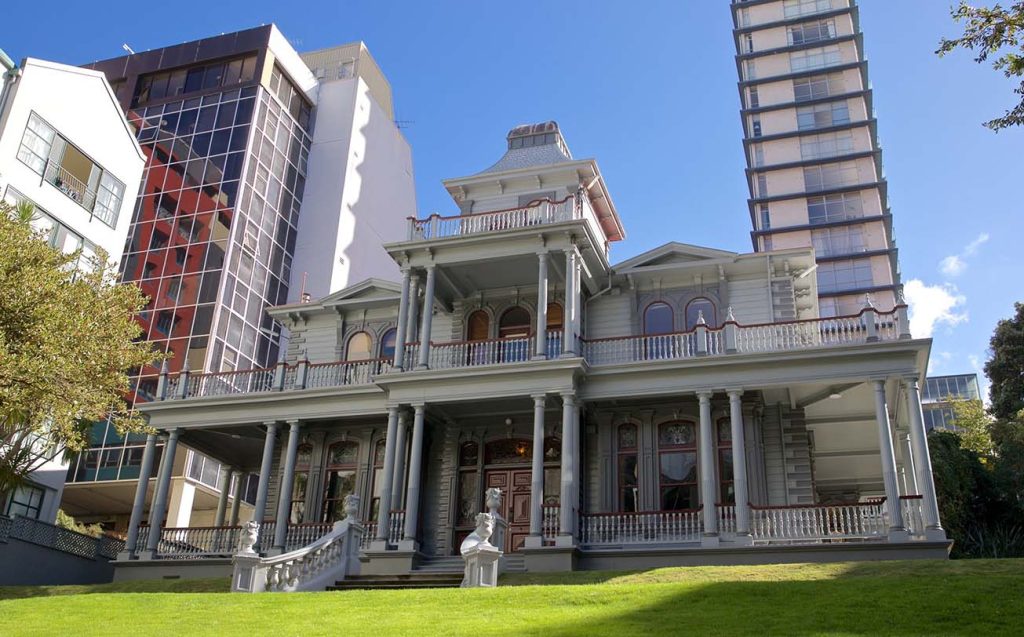
In the pages of Ihimaera’s work, Paikea’s journey mirrored the dynamic spirit of Wellington—an ever-evolving city that, like its residents, navigates the currents of tradition and progress. The novel’s exploration of identity, resilience, and the deep connection between people and nature found resonance in Wellington’s commitment to preserving its cultural heritage amidst a backdrop of modernity.
As I delved into the rich cultural tapestry of Wellington, “The Whale Rider” became a companion, providing context and depth to the vibrant Maori influences present throughout the city. The novel’s exploration of the symbiotic relationship between humanity and nature echoed in Wellington’s commitment to environmental sustainability, creating a harmonious parallel between fiction and reality.
“The Luminaries” by Eleanor Catton
Eleanor Catton’s “The Luminaries” stands as a literary masterpiece set against the backdrop of 19th-century New Zealand during the gold rush. This tale intricately weaves mystery, astrology, and complex human connections, creating a narrative that unfolds like a tapestry of historical richness. Catton’s meticulous storytelling and rich character development invite readers into a world where the lines between past and present blur.
Engaging with “The Luminaries” amidst the historic districts of Wellington felt like embarking on a time-traveling adventure. Catton’s vivid portrayal of the gold rush era resonated profoundly with the well-preserved architectural treasures that grace the city. As I wandered through streets lined with buildings that bore witness to a bygone era, the novel breathed life into the historical narratives etched into Wellington’s very foundations.
The immersive experience of reading “The Luminaries” while exploring Wellington added layers of depth to my understanding of the city’s historical significance. The novel’s intricate details and nuanced exploration of characters mirrored the complexities of Wellington’s own evolution—capturing the essence of a city that embraces its past while charting a course towards a luminous future.
The novel’s intricate astrological motifs found visual echoes in Wellington’s celestial landscapes, especially during evenings when the southern hemisphere’s stars adorned the night sky. The city’s own luminous glow, a testament to its vibrant cultural scene, harmonized with the celestial themes interwoven in Catton’s narrative.
Wellington’s Literary and Artistic Treasures
City Gallery Wellington
Location: Civic Square, 101 Wakefield St, Wellington.
Nestled in the heart of Wellington’s Civic Square, City Gallery Wellington stands as a testament to the city’s vibrant arts scene. The gallery pulsates with energy, offering a dynamic space that transcends traditional artistic boundaries. As one approaches its entrance, the architectural finesse of the building hints at the visual feasts that lie within. City Gallery Wellington is not merely an exhibition space; it is an immersive journey into the realm of contemporary visual arts.
City Gallery Wellington extends beyond the role of a passive spectatorship venue. It is a hub of cultural engagement, providing visitors with a multifaceted experience. Guided tours, led by knowledgeable curators, unravel the nuances of each exhibition, offering insights that enhance the appreciation of the artworks. Educational programs, tailored for diverse age groups, create an inclusive environment for learning and artistic exploration. The gallery comes alive with the echoes of artist talks, where creators share the inspirations and stories behind their works, fostering a deeper connection between the audience and the art.
Pros:
The central location of City Gallery Wellington places it at the nexus of cultural activity in the city. Its thought-provoking exhibitions, spanning a wide spectrum of artistic mediums, ensure a continuous flow of creativity. The vibrant cultural atmosphere permeates the gallery’s spaces, creating an ambiance that sparks intellectual curiosity and artistic contemplation.
Cons:
While the gallery’s central location is a boon, the drawback lies in the limited parking space available in the immediate vicinity. However, this limitation is mitigated by the gallery’s strategic connectivity to Wellington’s comprehensive public transport network. Visitors can seamlessly reach the gallery using buses or other forms of public transportation, ensuring accessibility for all.
National Library of New Zealand
Location: 70 Molesworth St, Thorndon, Wellington.
Nestled in the historic precinct of Thorndon, the National Library of New Zealand stands as a beacon for those eager to explore the literary and historical treasures that define the nation. As I approached its grand façade, the anticipation of uncovering New Zealand’s rich cultural narrative mingled with the serenity that envelops this scholarly sanctuary.
The National Library isn’t merely a repository of books; it’s an immersive journey into the soul of Aotearoa. With access to a vast collection, ranging from rare manuscripts to contemporary publications, the library caters to a diverse array of interests. The dedicated research assistance provided by the knowledgeable staff ensures that every inquiry, no matter how nuanced, finds its scholarly answer. Literary events, a regular feature, add a dynamic layer to the library’s offerings, inviting the community to engage with the living spirit of New Zealand’s written heritage.
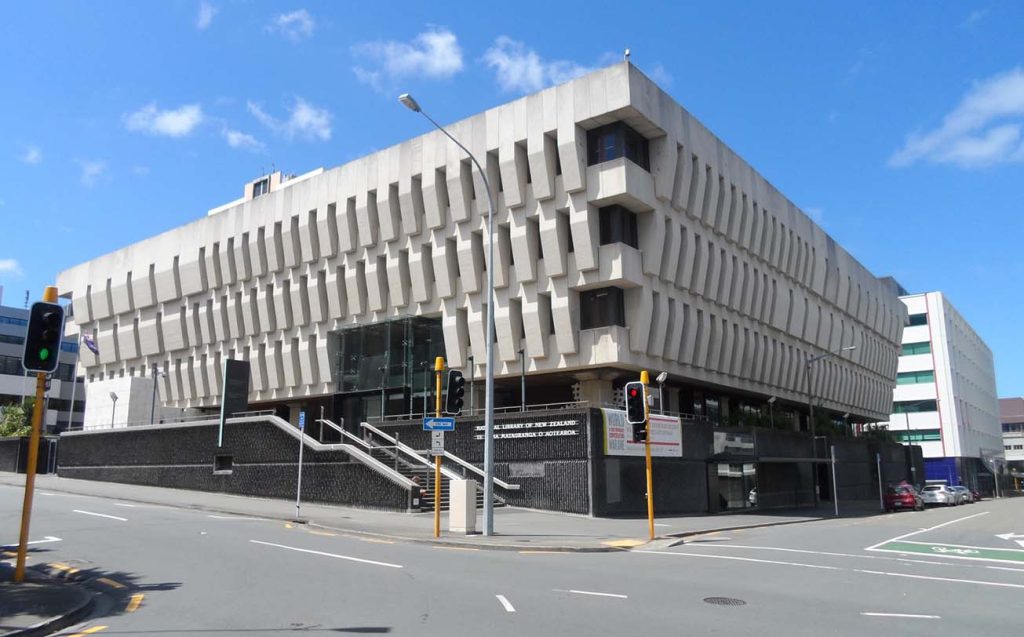
Pros:
Rich archives are the cornerstone of the National Library’s allure. The extensive collection spans not only books but also manuscripts, maps, photographs, and ephemera that collectively weave the intricate tapestry of New Zealand’s past and present. Serene reading spaces provide a tranquil environment for intellectual exploration, fostering an ambiance where the whispers of history come alive. The library’s staff, passionate custodians of knowledge, contribute to an enriching experience through their expertise and commitment.
Cons:
The only discernible drawback to this literary haven is the limited parking available in the immediate vicinity. However, this minor inconvenience is easily overshadowed by the accessibility provided by Wellington’s robust public transport system, making it a practical choice for those navigating the city.
City of Literature: Writers’ Walk
Location: Various locations across Wellington’s CBD.
Wellington, designated as a UNESCO City of Literature, takes pride in its rich literary heritage. The Writers’ Walk, an ingenious urban literary trail, beckons both literary enthusiasts and casual strollers to embark on a journey through the city’s literary soul. Stretching across various locations in Wellington’s central business district, this self-guided tour seamlessly merges literature with urban exploration, creating an immersive experience for all who tread its path.
The Writers’ Walk isn’t a traditional literary excursion; it’s an interactive celebration of New Zealand’s literary luminaries. The installations, strategically placed at significant points, pay homage to the city’s celebrated writers. Each installation serves as a literary portal, featuring excerpts from the works of iconic authors. As visitors traverse the city streets, they encounter the words of Katherine Mansfield, James K. Baxter, and other literary giants embedded in the sidewalks, walls, or architectural elements.
Pros:
The self-guided nature of the Writers’ Walk liberates visitors to explore at their own pace, allowing for a personalized literary odyssey. Furthermore, this literary exploration comes at no cost, making it an accessible and inclusive cultural experience for everyone. The blend of literature and urban surroundings provides a unique and enriching perspective on Wellington’s identity, fostering a sense of connection between the city and its literary legacy.
Cons:
The Writers’ Walk, like any outdoor activity, is weather-dependent. However, the unpredictable weather of Wellington adds an authentic touch to the experience, mirroring the ever-changing landscapes depicted in literature. Visitors are encouraged to embrace the elements as an integral part of the journey, enhancing the overall authenticity of the literary pilgrimage.
New Zealand Film Archive (Ngā Kaitiaki O Ngā Taonga Whitiāhua Me Ngā Taonga Kōrero)
Location: 84 Taranaki St, Te Aro, Wellington.
Nestled in the heart of Te Aro, the New Zealand Film Archive stands as a testament to the nation’s cinematic legacy. Renowned as Ngā Kaitiaki O Ngā Taonga Whitiāhua Me Ngā Taonga Kōrero in Māori, this cultural institution is dedicated to the preservation and celebration of New Zealand’s rich film heritage. From the golden classics of yesteryears to the contemporary masterpieces, the Film Archive offers an immersive journey through the captivating realms of Kiwi filmmaking.
The New Zealand Film Archive extends its cinematic embrace through various services. Regular film screenings provide audiences with the opportunity to relish timeless classics and discover new gems. For enthusiasts and scholars, the archive opens its doors to facilitate archival research, offering a deep dive into the evolution of New Zealand cinema. Educational programs further enrich the cultural experience, fostering a deeper understanding and appreciation of Kiwi filmmaking.
Pros:
One of the standout features of the Film Archive is its extensive collection, a treasure trove that encapsulates the evolution of New Zealand cinema. Thematic screenings curated around specific genres, eras, or directors add an extra layer of depth to the cinematic experience. Beyond being a repository of films, the archive actively engages in celebrating Kiwi filmmaking as an integral part of the nation’s cultural narrative.
Cons:
While the New Zealand Film Archive doesn’t boast abundant parking spaces, its strategic location in Te Aro ensures easy accessibility through public transport. Visitors may choose to immerse themselves in Wellington’s vibrant urban landscape, utilizing public transit options to reach this cinematic haven.
| Aspect | City Gallery Wellington | National Library | Writers’ Walk | NZ Film Archive |
|---|---|---|---|---|
| Location | Central; Civic Square | Thorndon | CBD; Various Locations | Te Aro |
| Services | Guided tours, educational programs, artist talks | Research assistance, literary events | Self-guided tour, literature exploration | Film screenings, archival research |
| Pros | Thought-provoking exhibitions, vibrant cultural atmosphere | Rich archives, serene reading spaces | Free of charge, urban exploration | Extensive film collection, thematic screenings |
| Cons | Limited parking, well-connected by public transport | Limited parking, recommended public transport | Weather-dependent | Limited parking, easily accessible by public transport |
My literary and artistic sojourn in Wellington has been a transformative exploration of creativity and cultural richness. The city’s commitment to preserving its literary and artistic heritage is evident in the diverse offerings of galleries, libraries, and public installations. Each literary work and cultural venue has added a layer to my understanding of Wellington’s identity, making it not just a city but a living, breathing tapestry of stories and expressions.
